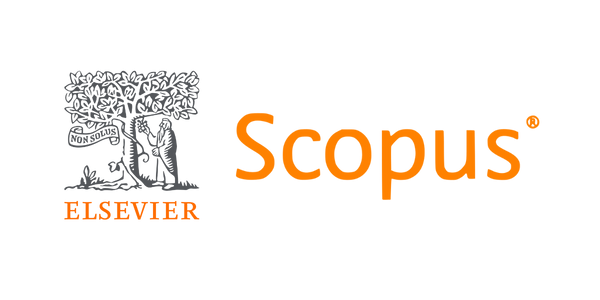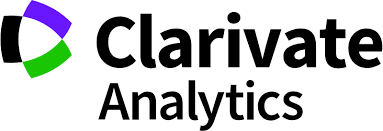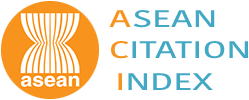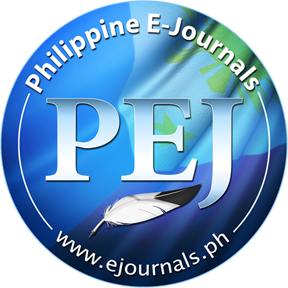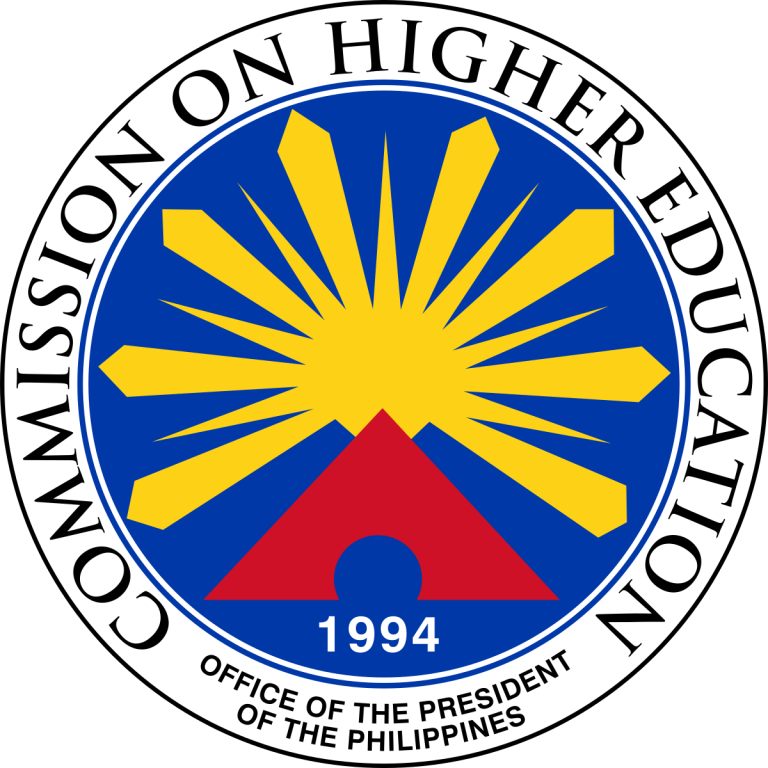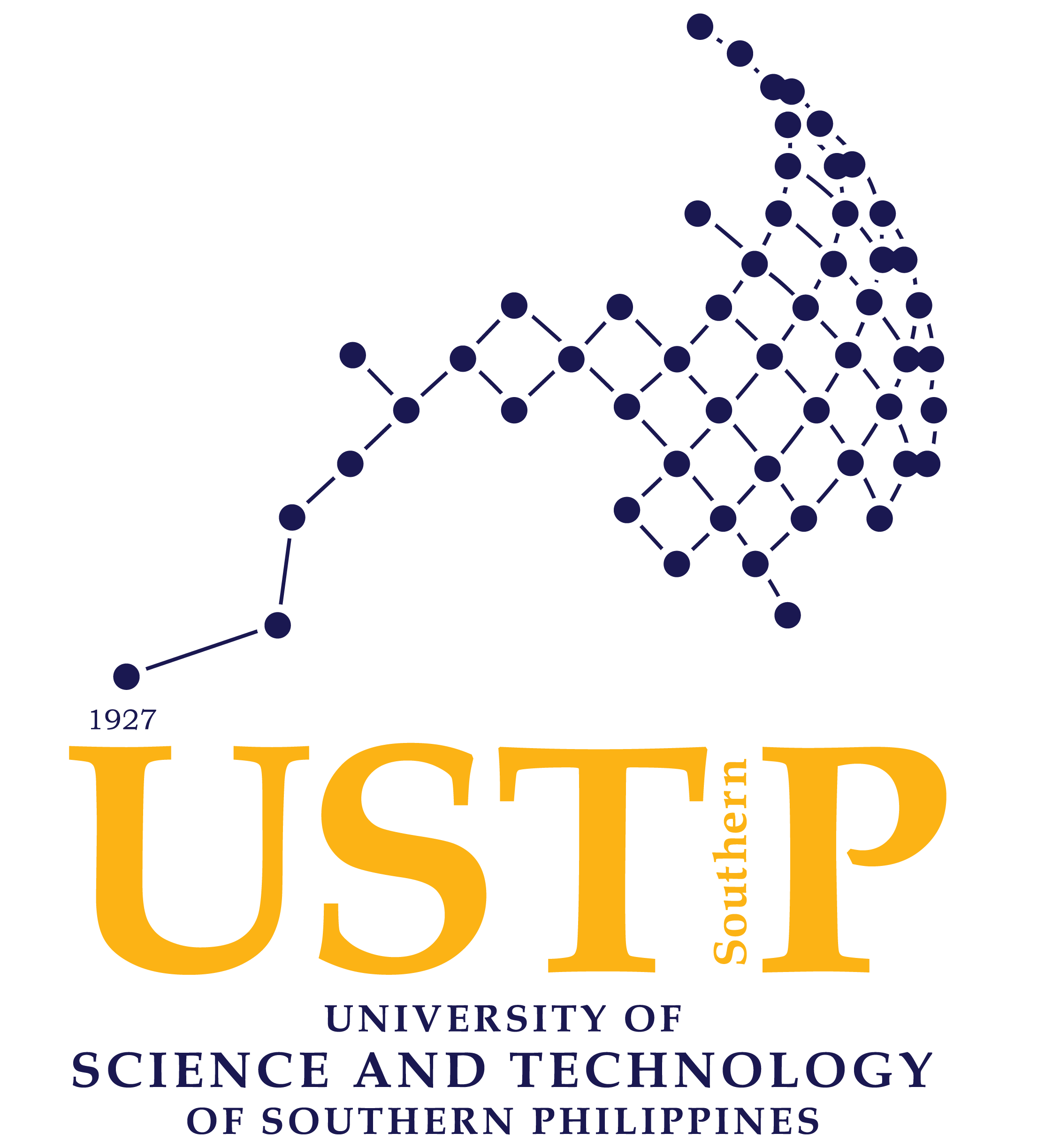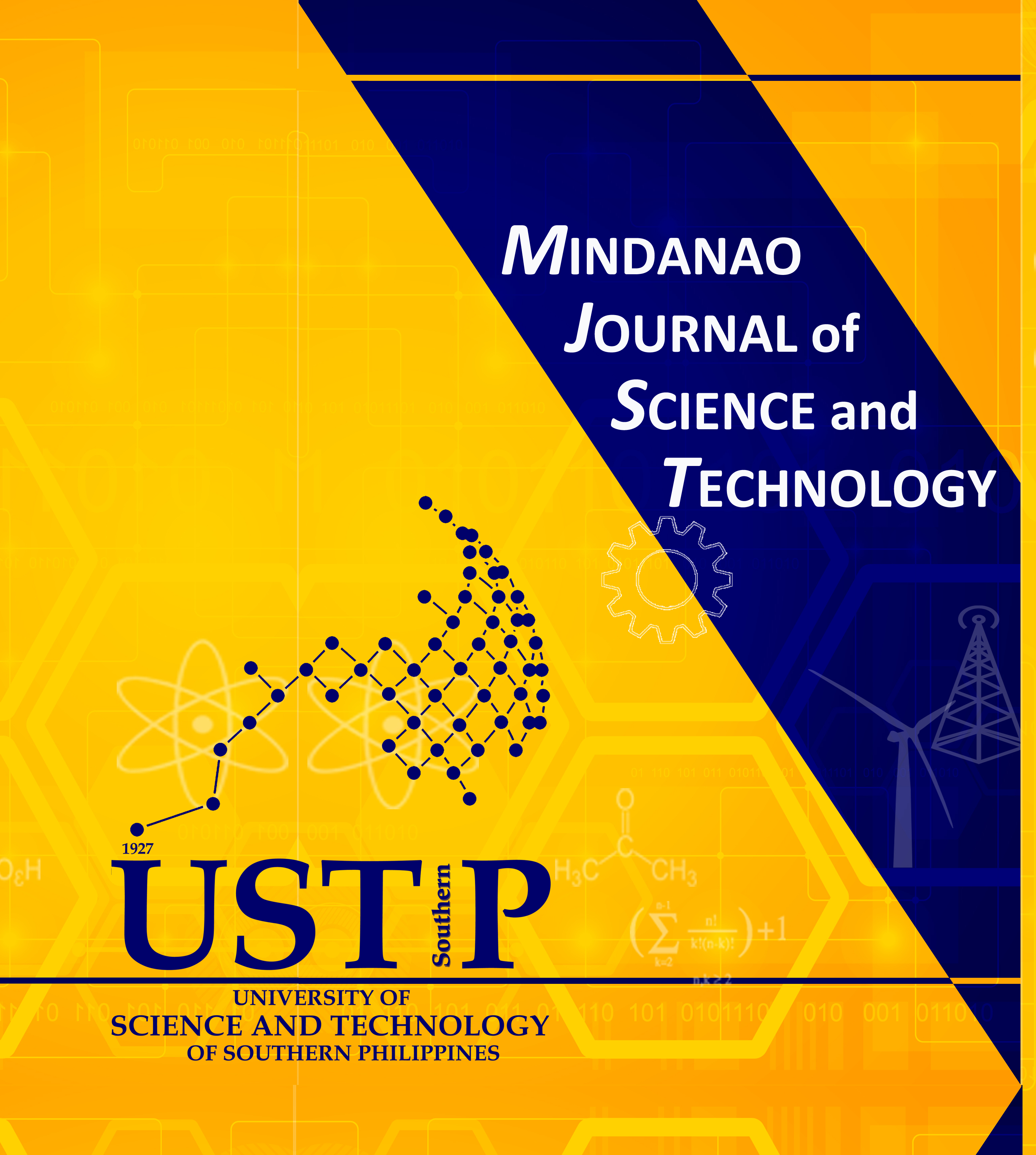Project TANAW: 3D-Printed Urban Model with Geohazard Simulations Using Virtual Environment and AR Projection Mapping
DOI:
https://doi.org/10.61310/mjst.v22iS1.2218Keywords:
augmented reality, disaster risk management, geospatial technologies, sustainable urban planning, 3D printingAbstract
Urbanization in the Philippines poses significant challenges to disaster risk management and sustainable city planning, driven by the absence of advanced, interactive tools for geospatial analysis and infrastructure assessment. Addressing this research gap, Project TANAW employed an innovative methodology combining 3D printing, augmented reality (AR), and geospatial technologies to enhance urban planning processes. Utilizing tools like SketchUp Pro, GIS software, and AR systems, the project developed highly accurate (± 5%) 3D urban models tailored to Catbalogan City, Samar, Philippines. These models identified 15 critical infrastructure vulnerabilities and delineated 10 high-risk zones. Quantitative analysis of stakeholder engagement workshops involving over 200 participants revealed a 93% satisfaction rate with the technology’s usability and effectiveness. Results underscored the potential of TANAW to improve visualization, risk assessment, and decision-making, aligning with Sustainable Development Goal 11 by fostering sustainable and resilient urban environments. Future directions include expanding datasets, refining tools, and applying methodologies to broader urban contexts, ensuring adaptability and scalability.


